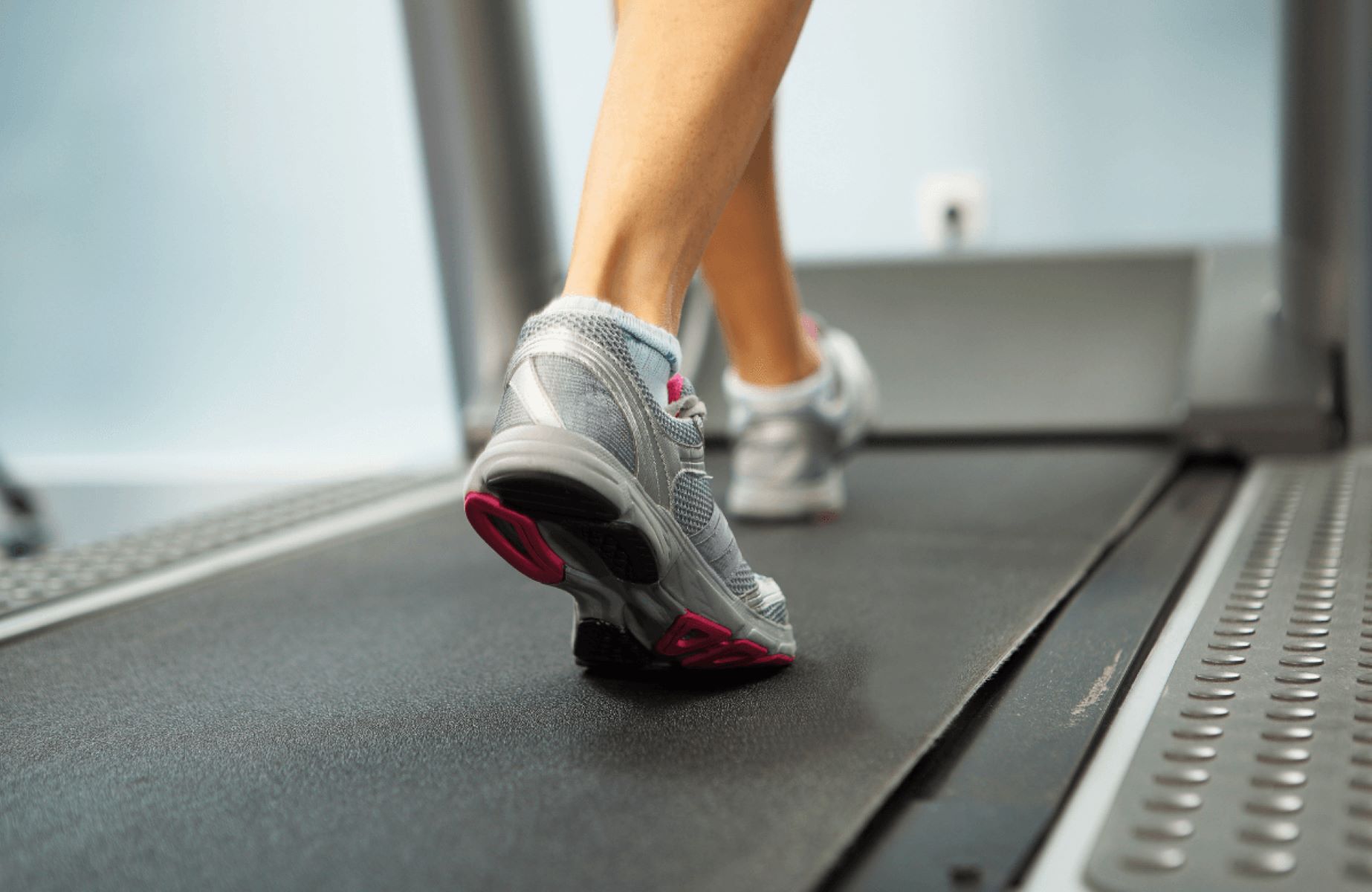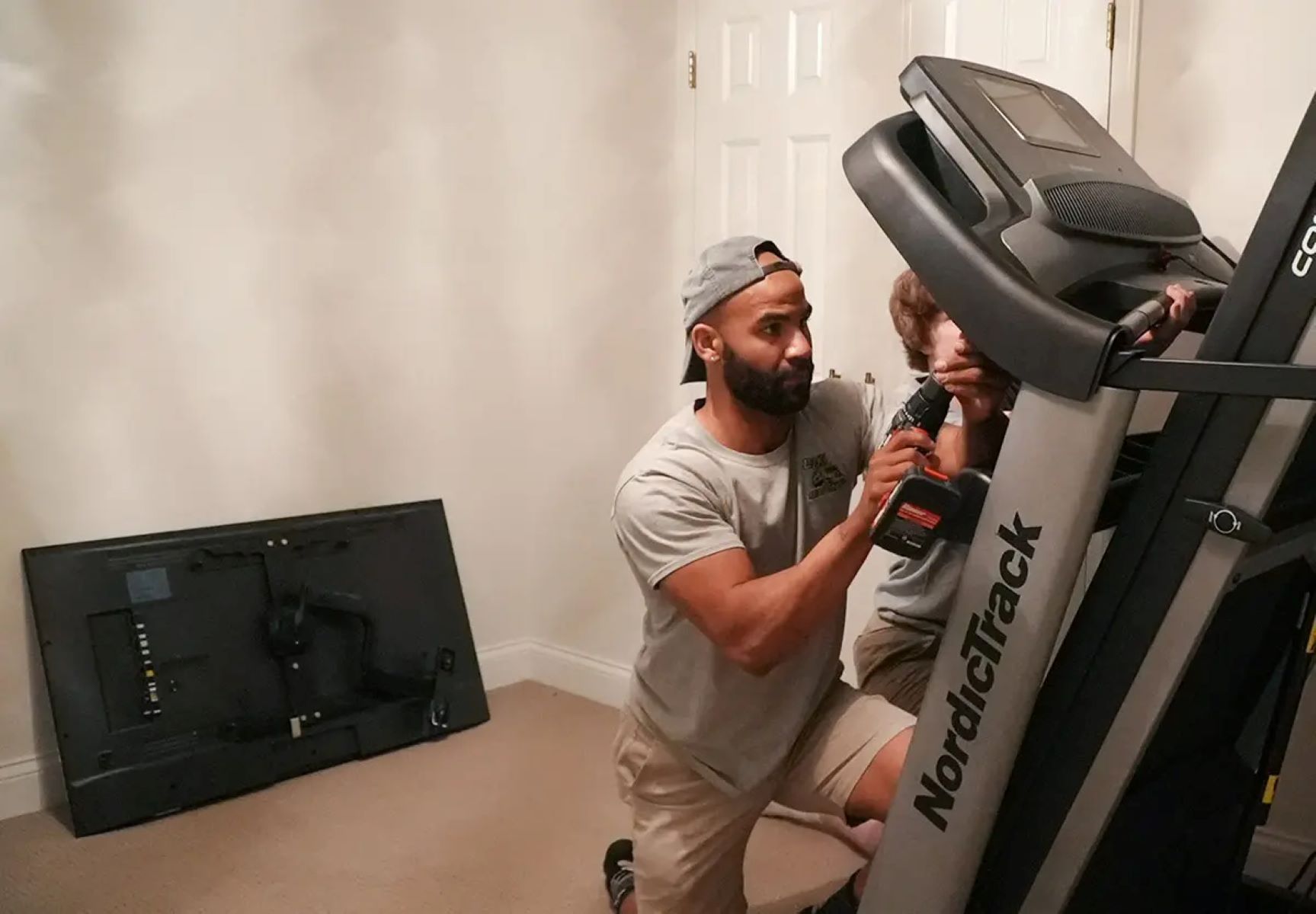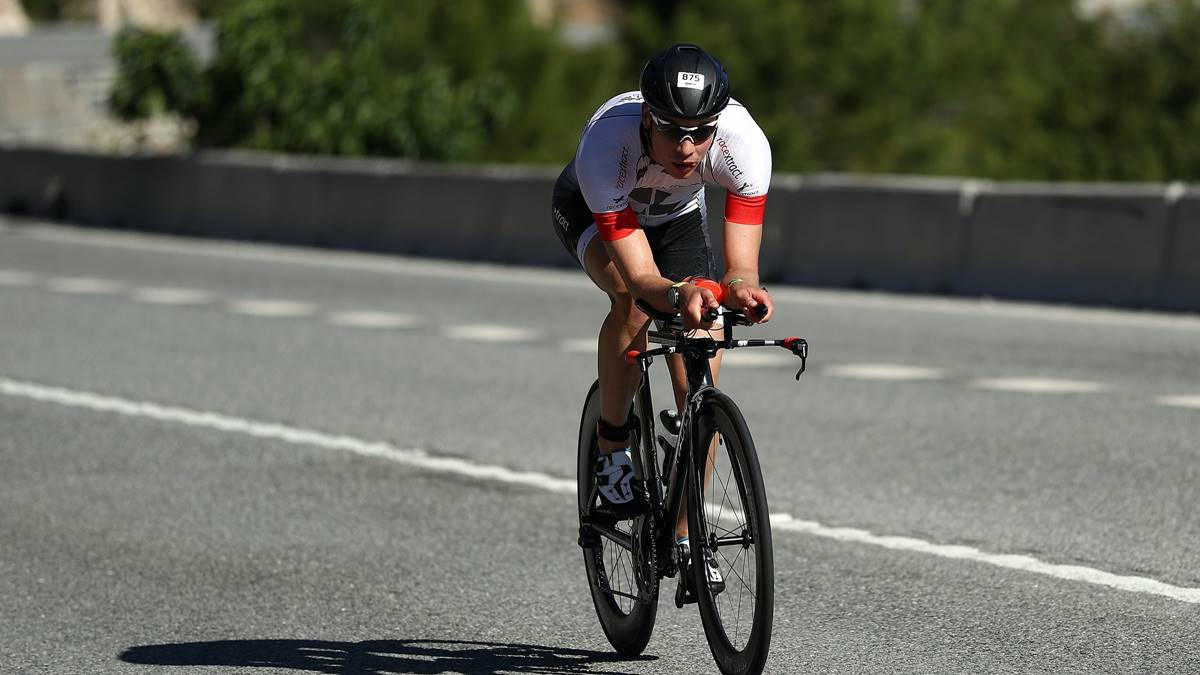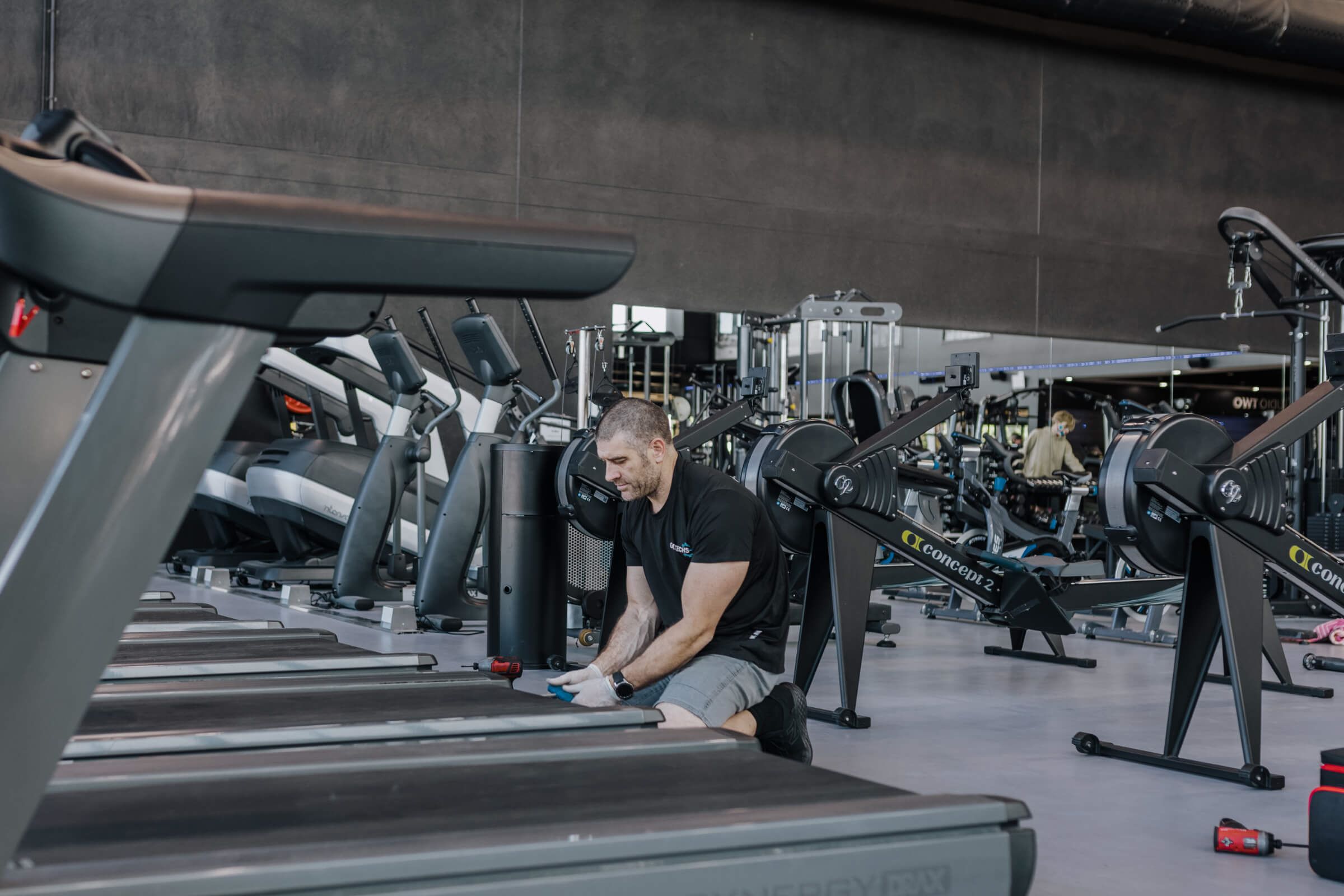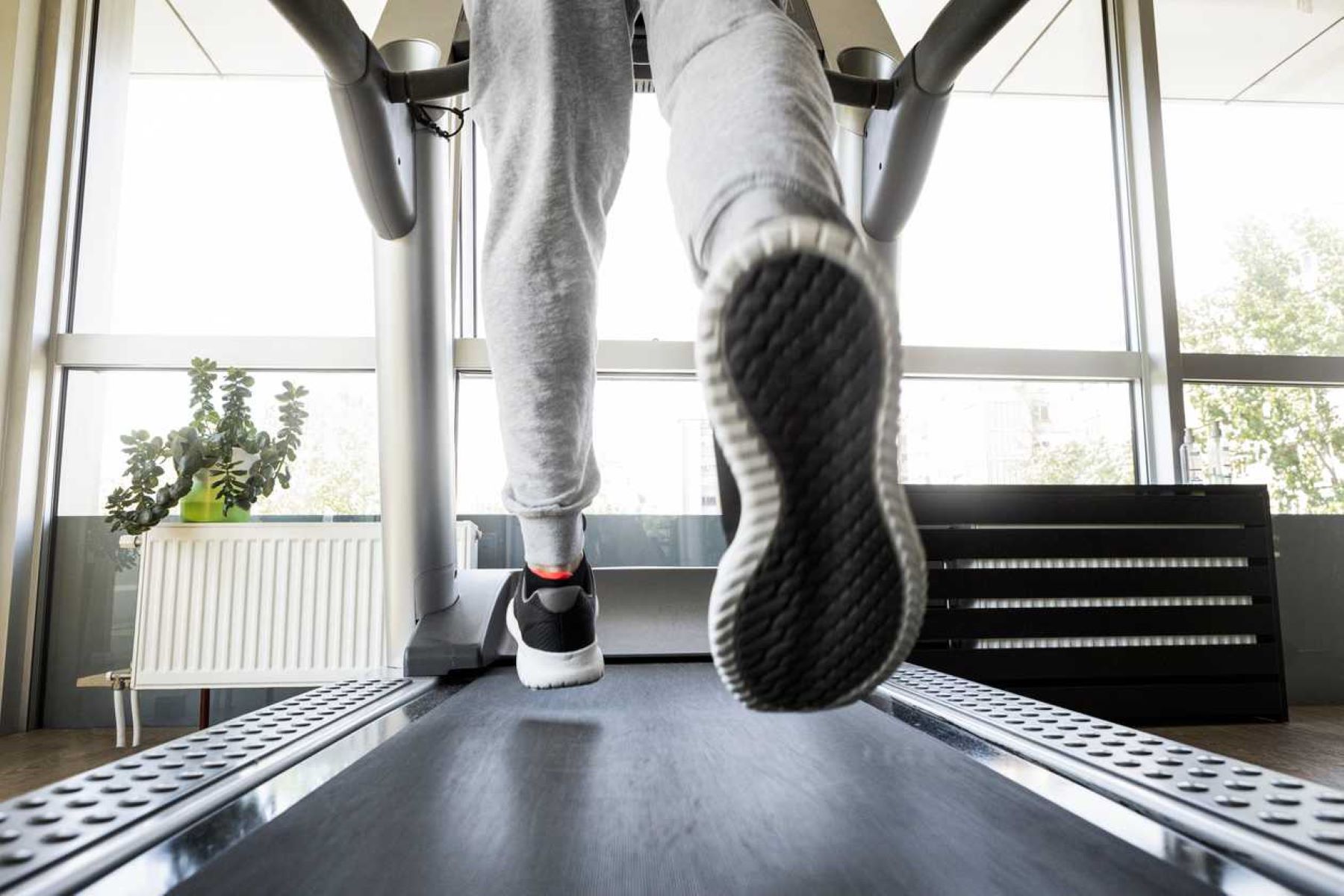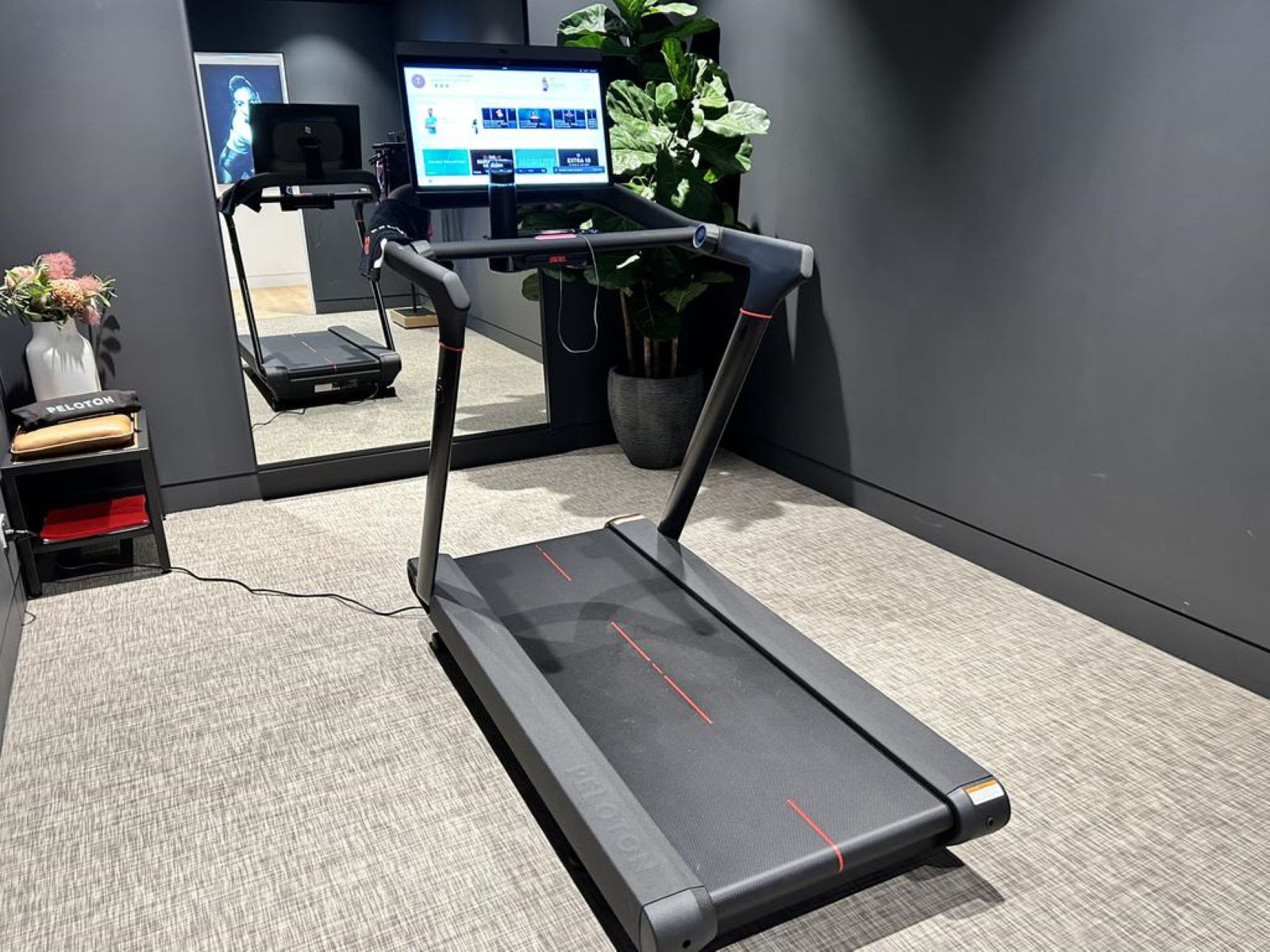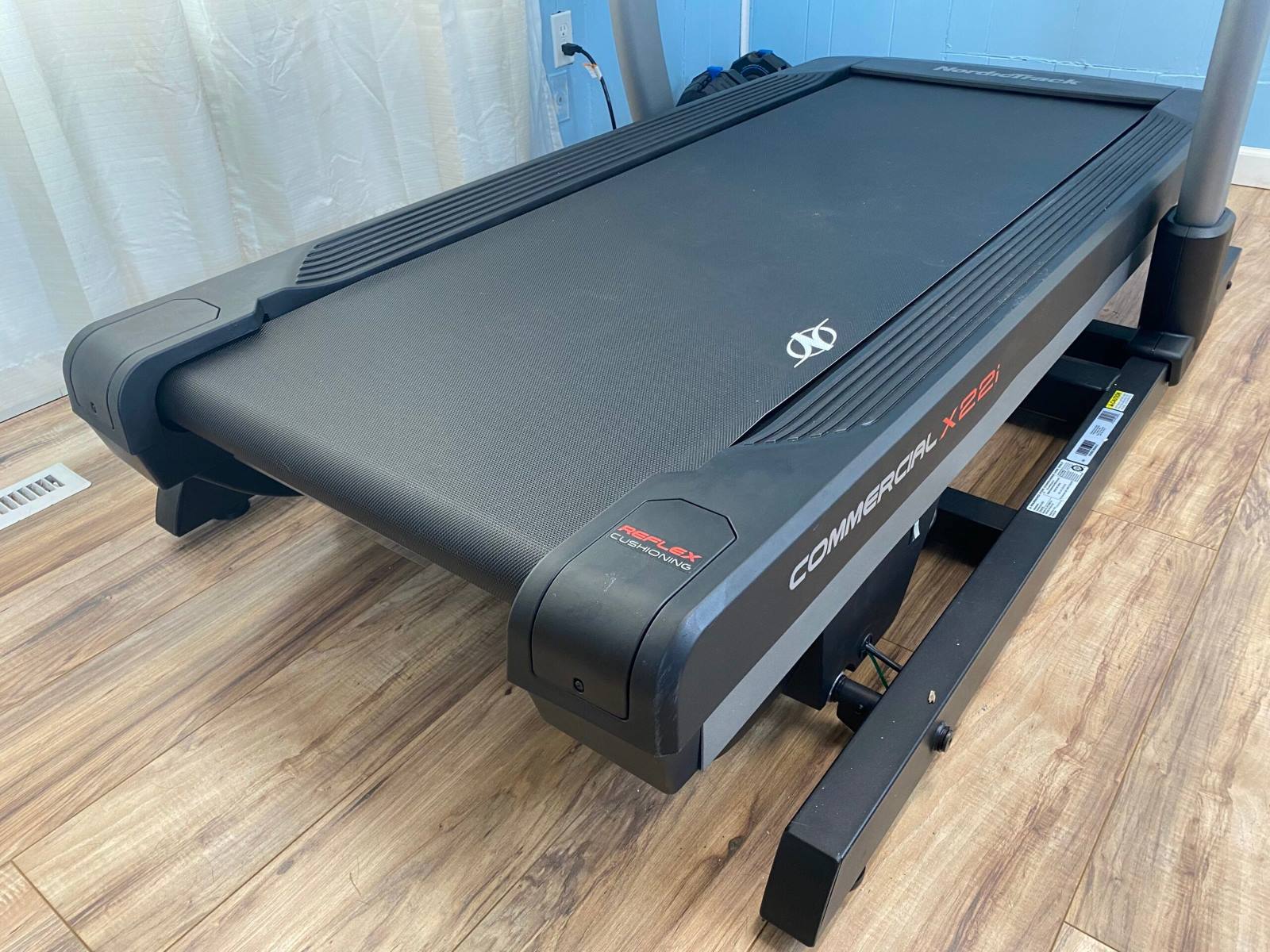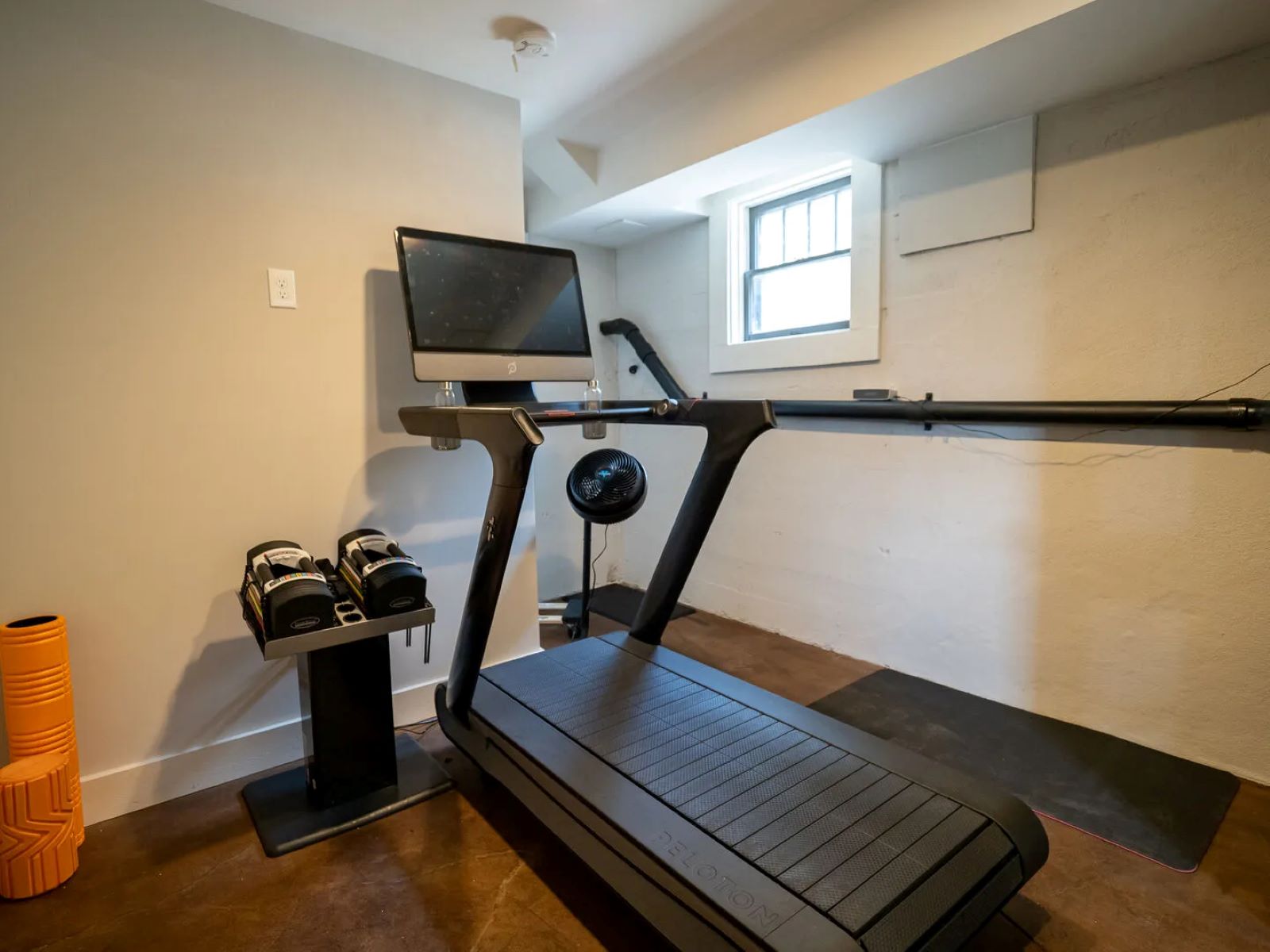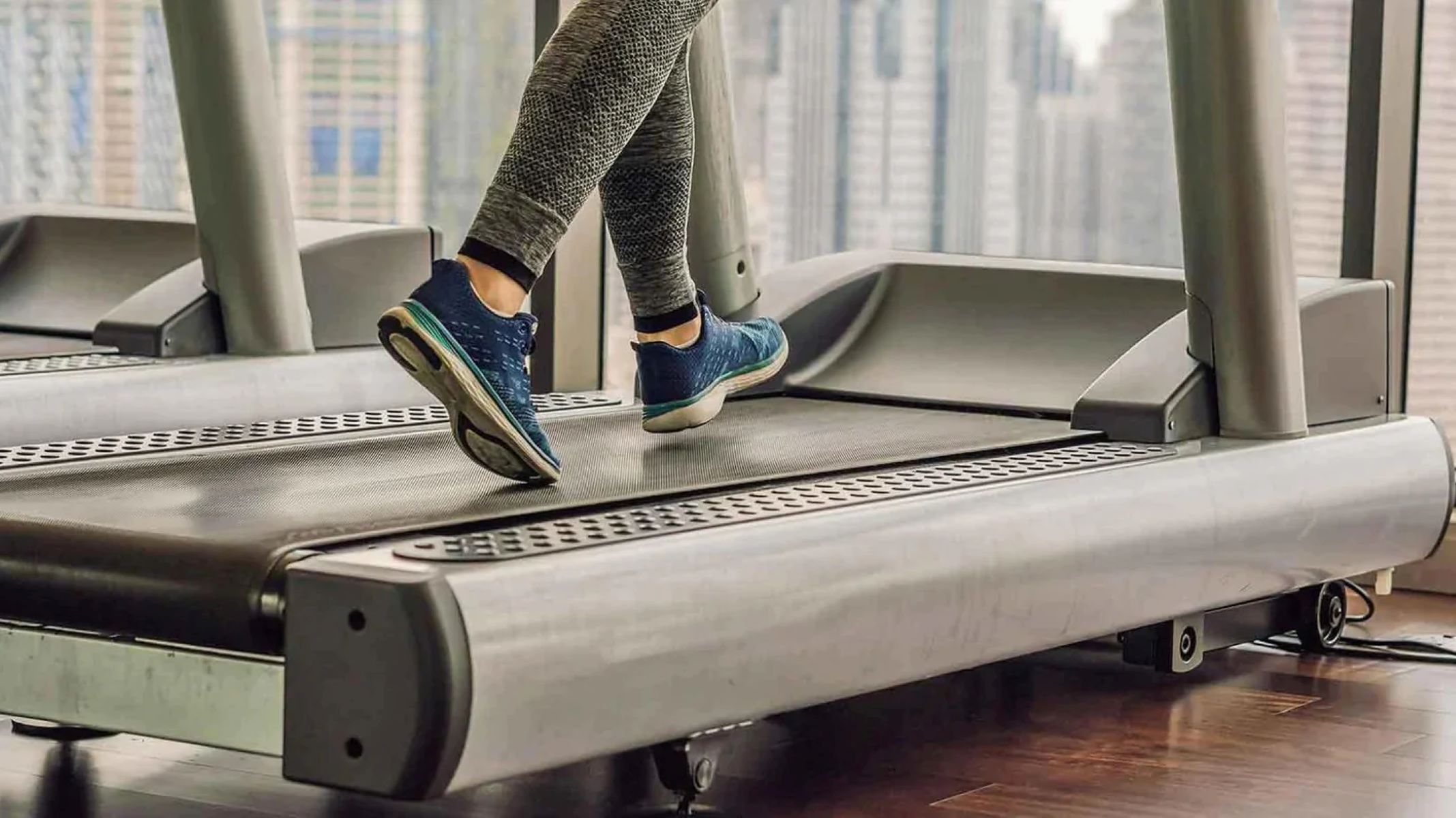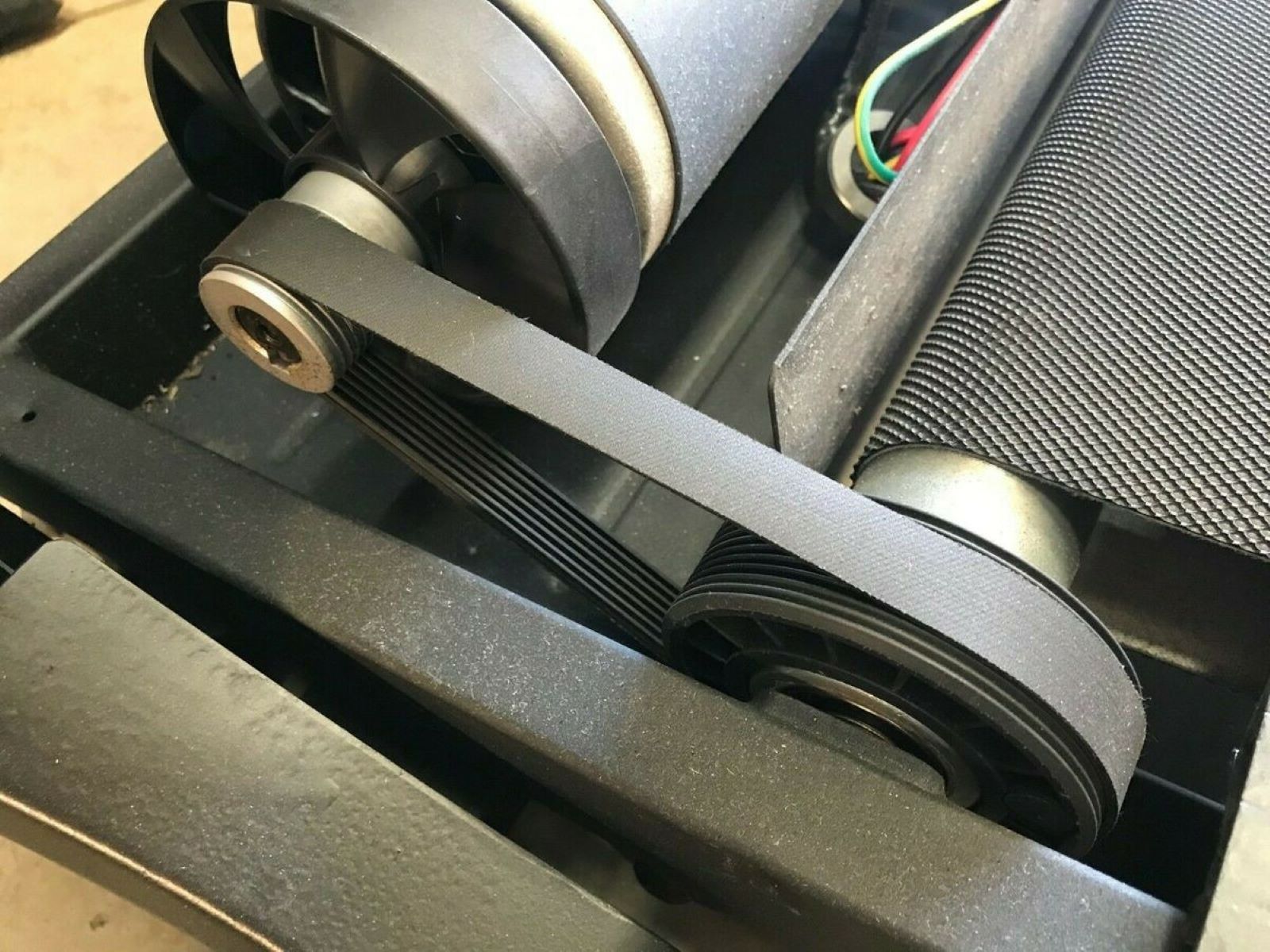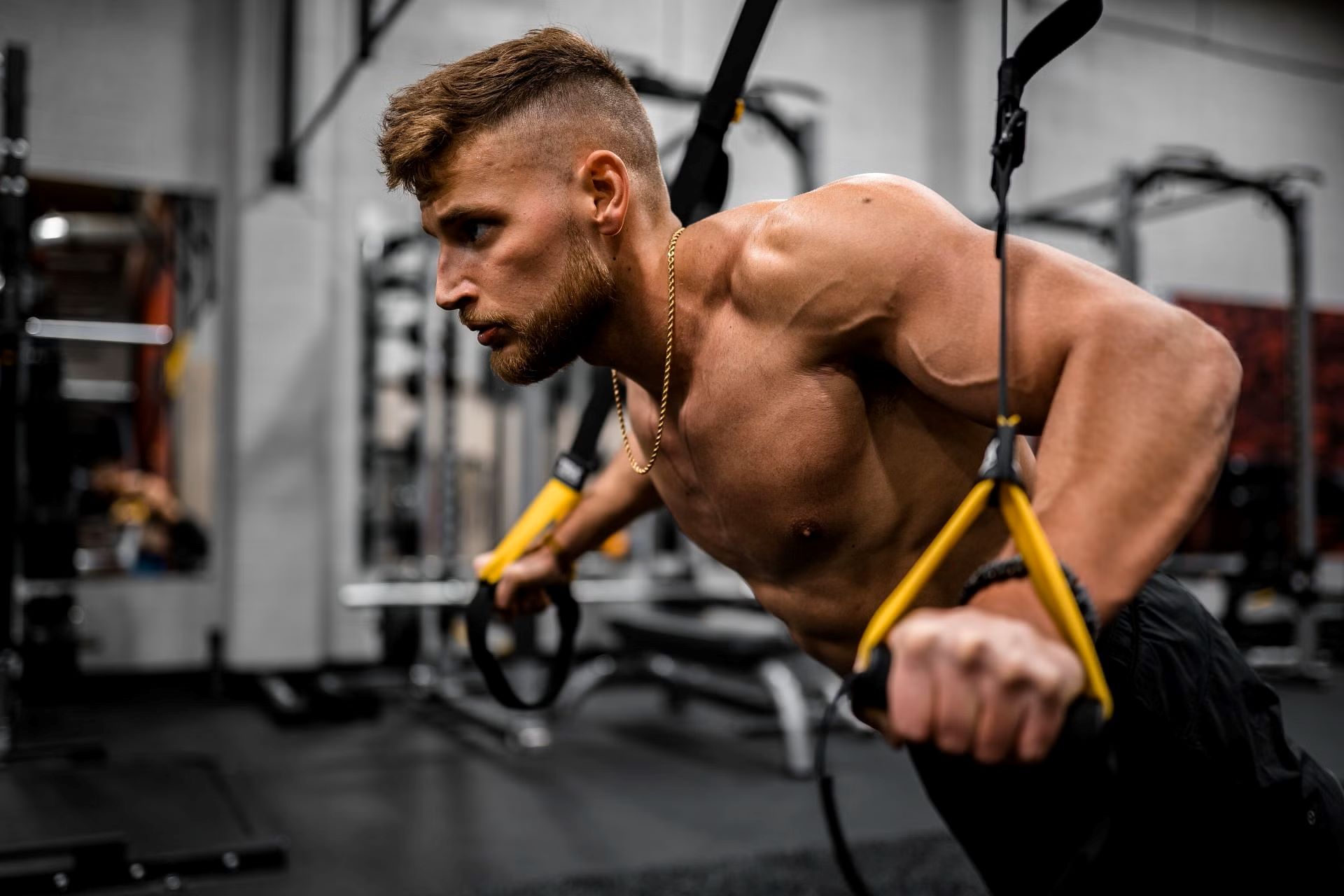

Featured
How To Workout Rear Delts
Published: August 12, 2023
Learn how to effectively target and strengthen your rear deltoid muscles with this featured workout guide. Enhance your upper body strength and physique today!
Introduction
When it comes to building an aesthetically balanced physique, one muscle group that often gets overlooked is the rear delts. The rear delts, or posterior deltoids, are the muscles located at the back of the shoulder. While they may not be as visible as the front or side delts, they play a crucial role in overall shoulder strength, stability, and overall symmetry.
Training the rear delts is not only essential for achieving a well-rounded look, but it also helps improve posture and reduce the risk of shoulder injuries. Unfortunately, many people neglect this muscle group or fail to properly target it during their workouts.
In this article, we will delve into the importance of training the rear delts, provide exercise selection and technique tips, as well as outline a sample workout routine for effective rear delt development. Whether you are a seasoned fitness enthusiast or new to training, this guide will help you understand the significance of targeting this neglected muscle group and assist you in achieving well-rounded shoulders.
Anatomy of the Rear Delts
Before diving into the specifics of training the rear delts, it’s important to understand their anatomy. The rear delts, also known as the posterior deltoids, are one of the three heads of the deltoid muscle group. They are located at the back of the shoulder and are responsible for shoulder extension, transverse extension, and external rotation.
The rear delts attach to the scapula (shoulder blade) and the humerus (upper arm bone) and play a crucial role in shoulder stability and overall posture. When properly developed, they contribute to a well-balanced shoulder girdle and help maintain proper alignment.
Compared to the front and side delts, the rear delts are often underdeveloped due to their lack of visibility and the tendency for individuals to prioritize other muscle groups. Neglecting the rear delts can lead to muscle imbalances, rounded shoulders, and increased risk of shoulder injuries.
It’s important to note that the rear delts are a relatively small muscle group and require specific exercises and techniques to effectively target them. It’s not enough to simply perform general shoulder exercises and hope for rear delt development. By understanding the anatomy of the rear delts, we can design a targeted workout routine that focuses on activating and strengthening these muscles.
Importance of Training Rear Delts
Training the rear delts is essential for several reasons. Not only do well-developed rear delts contribute to a balanced and proportionate physique, but they also play a critical role in shoulder function and overall posture.
One of the key benefits of training the rear delts is improved shoulder stability. The rear delts work in conjunction with the other muscles of the shoulder girdle to support and stabilize the joint. Neglecting this muscle group can lead to imbalances and increased risk of shoulder injuries, such as impingements or rotator cuff tears.
Additionally, targeting the rear delts can help correct rounded shoulders and poor posture, especially in those who spend long hours sitting at a desk or hunched over electronic devices. By strengthening the rear delts, you can pull your shoulders back, open up your chest, and improve overall alignment.
Another aesthetic benefit of training the rear delts is that they contribute to a more three-dimensional look to the shoulders. Well-developed rear delts give the appearance of width and fullness from the back, creating a more impressive and sculpted physique.
Furthermore, training the rear delts can enhance overall shoulder strength and performance. Strong rear delts are crucial for movements such as rowing, pulling, and any exercise requiring shoulder extension. They also play a significant role in sports that involve throwing, as they help generate power and stability for optimal performance.
It’s important to note that training the rear delts goes beyond aesthetics. By incorporating exercises specifically targeting this muscle group, you can improve your overall shoulder health, reduce the risk of injury, and enhance your performance in both everyday activities and athletic endeavors.
Exercise Selection for Rear Delts
When it comes to targeting the rear delts, it’s important to choose exercises that isolate and activate this muscle group effectively. While compound exercises like rows and pull-ups can engage the rear delts to some extent, incorporating specific exercises that directly target the rear delts will yield better results.
Here are some effective exercises to consider for your rear delt training:
1. Reverse Flyes: This exercise is a staple for targeting the rear delts. Stand with your feet shoulder-width apart, arms extended in front of you, and a slight bend in your knees. Hold a pair of dumbbells or resistance bands and open your arms out to the sides, squeezing your shoulder blades together. Control the movement and return to the starting position.
2. Bent-Over Dumbbell Rows: While primarily targeting the upper back, bent-over dumbbell rows also engage the rear delts. Bend your knees slightly and hinge forward at the hips, maintaining a flat back. Hold dumbbells in both hands, palms facing each other, and row the weights towards your hips, squeezing your shoulder blades at the top of the movement.
3. Rear Delt Fly Machine: If available at your gym, this machine is a useful tool for isolating the rear delts. Sit facing the pads and adjust the handles to chest height. Grab the handles and pull them towards your chest while keeping your back straight. Squeeze your shoulder blades together at the end of the movement.
4. Cable Face Pulls: Attach a rope handle to a cable machine at chest height. Stand with your feet shoulder-width apart and hold the rope handles. Pull the rope towards your face, leading with your elbows and squeezing your shoulder blades together. Control the movement as you extend your arms back to the starting position.
5. Prone Rear Delt Raises: Lie face down on an incline bench with a dumbbell in each hand, palms facing each other. Lift your arms out to the sides, focusing on squeezing your rear delts. Lower the weights back down with control.
Remember, proper form and technique are crucial for maximizing the effectiveness of these exercises. Start with lighter weights and gradually increase the resistance as your form improves and your rear delts strengthen. It’s important to prioritize quality over quantity, ensuring that you feel the targeted muscles working throughout each repetition.
Technique Tips for Rear Delts Workout
Performing exercises with proper technique is vital for effectively targeting the rear delts and minimizing the risk of injury. Here are some valuable technique tips to optimize your rear delts workout:
1. Mind-Muscle Connection: Focus on establishing a strong mind-muscle connection with your rear delts during each exercise. Visualize the muscles working and consciously engage them throughout the movement. This mental connection will help you maximize the effectiveness of each repetition.
2. Controlled Movements: Avoid using momentum or swinging your arms during rear delt exercises. Instead, focus on performing slow and controlled movements, emphasizing the squeeze and contraction of the rear delts at the peak of each repetition.
3. Shoulder Blade Retraction: Before starting any rear delt exercise, retract your shoulder blades by pulling them back and down. This will activate the rear delts and ensure they are properly engaged during the movement.
4. Proper Body Positioning: Maintain proper body positioning to target the rear delts effectively. For exercises like reverse flyes, keep a slight bend in your knees and hinge forward at the hips to target the rear delts without strain.
5. Full Range of Motion: Aim for a full range of motion in each exercise, allowing your rear delts to stretch and contract fully. This will ensure that you are targeting the muscle fibers throughout their entire range of motion.
6. Progressive Overload: Gradually increase the resistance or difficulty of your rear delt exercises over time to continually challenge your muscles and promote growth. This can be done by adding more weight, using resistance bands, or progressing to more advanced variations.
7. Warm-Up Properly: Prioritize a thorough warm-up before beginning your rear delt workout. This will help increase blood flow to the muscles, enhance range of motion, and reduce the risk of injury.
8. Listen to Your Body: Pay attention to any signs of discomfort or pain during your rear delt exercises. If something doesn’t feel right, adjust your form or modify the exercise. Your safety and well-being should always take precedence.
By implementing these technique tips, you can ensure that your rear delt workouts are effective, safe, and help you achieve the desired results. Remember, consistency and proper form are key to maximizing the benefits of your training.
Sample Rear Delts Workout Routine
To effectively target and develop your rear delts, follow this sample workout routine. This routine incorporates a variety of exercises and rep ranges to ensure optimal muscle stimulation and growth:
1. Exercise 1: Reverse Flyes
- 3 sets of 12-15 reps
- Focus on maintaining a controlled movement and squeezing the rear delts at the peak of each repetition
2. Exercise 2: Bent-Over Dumbbell Rows
- 3 sets of 10-12 reps
- Keep your back flat, engage the rear delts, and squeeze the shoulder blades at the top of the movement
3. Exercise 3: Cable Face Pulls
- 3 sets of 12-15 reps
- Focus on leading with your elbows, pulling the rope towards your face, and squeezing the rear delts
4. Exercise 4: Prone Rear Delt Raises
- 3 sets of 10-12 reps
- Lie face down on an incline bench and lift your arms out to the sides, targeting the rear delts
5. Exercise 5: Rear Delt Fly Machine
- 3 sets of 12-15 reps
- Sit facing the pads of the machine, grab the handles, and pull them towards your chest, squeezing the rear delts
6. Exercise 6: Superset – Dumbbell Shrugs and Reverse Flyes
- 3 sets of 10-12 reps each
- Perform dumbbell shrugs to target the upper traps, then immediately transition into reverse flyes to further activate the rear delts
Remember to adjust the weight and repetitions based on your individual fitness level and goals. This routine can be performed 2-3 times per week, allowing for adequate rest and recovery between sessions. Additionally, it’s important to incorporate other shoulder exercises and overall strength training to ensure balanced muscle development.
Common Mistakes to Avoid
While training the rear delts is crucial for balanced shoulder development, it’s important to be aware of common mistakes that can hinder your progress. By avoiding these mistakes, you can ensure that your rear delt workout is effective and that you’re maximizing your results.
1. Using Too Much Weight: One of the most common mistakes is using excessive weight, compromising form, and sacrificing proper muscle activation. Focus on using a weight that allows you to maintain proper form and feel the rear delts working throughout each repetition.
2. Neglecting Proper Form: Improper form not only reduces the effectiveness of the exercise but also increases the risk of injury. Pay attention to your body positioning, engage the rear delts, and perform each exercise with a controlled and deliberate technique.
3. Ignoring Mind-Muscle Connection: A lack of focus and mind-muscle connection can lead to other muscles taking over the movement, minimizing the engagement of the rear delts. Concentrate on contracting and squeezing the rear delts throughout each exercise to ensure they are the primary muscles being worked.
4. Insufficient Range of Motion: Going through partial or limited range of motion reduces the effectiveness of the exercise. Aim to achieve a full range of motion with each repetition, allowing the rear delts to stretch and contract fully.
5. Not Prioritizing Rear Delts: Many individuals tend to prioritize other muscle groups such as the chest and biceps, neglecting the rear delts. Give equal attention and focus to your rear delt training, including specific exercises in your workout routine.
6. Skipping Warm-Up Sets: Warm-up sets are essential to prepare your muscles and joints for the workout ahead. Skipping these sets increases the risk of injury and prevents optimal muscle activation during the workout. Take the time to warm up properly before diving into your rear delt exercises.
7. Overtraining: While training intensity is important, avoid overtraining the rear delts. They are a relatively small muscle group and require adequate rest and recovery to grow. Incorporate enough rest days and avoid excessive volume or frequency in your rear delt training.
8. Not Progressing Over Time: To continue seeing progress, it’s crucial to progressively overload the rear delts. Increase the weight or intensity of your exercises, add in more challenging variations, or increase the number of repetitions over time to continue challenging your muscles.
By being mindful of these common mistakes and focusing on proper form, technique, and progressive overload, you can ensure that your rear delt training is effective, safe, and yields optimal results.
Tips for Proper Recovery and Nutrition
Proper recovery and nutrition are crucial components of any training program, including rear delt workouts. By implementing the following tips, you can enhance your recovery, promote muscle growth, and optimize your overall results:
1. Get Sufficient Rest: Allow for adequate rest and recovery between rear delt training sessions. This will give your muscles time to repair and grow stronger. Aim for 48-72 hours of recovery time between workouts targeting the same muscle group.
2. Focus on Sleep Quality: Aim for 7-9 hours of quality sleep each night to support optimal muscle recovery and growth. Prioritize establishing a consistent sleep routine and create a sleep-friendly environment.
3. Stay Hydrated: Drink enough water throughout the day to stay properly hydrated. Hydration is essential for muscle function, joint health, and overall performance. Aim for at least 8-10 glasses of water daily.
4. Consume Adequate Protein: Protein is essential for muscle repair and growth. Include good sources of lean protein such as chicken, fish, eggs, tofu, or plant-based alternatives in your diet. Aim for a daily protein intake of 0.8-1 gram per pound of body weight.
5. Incorporate Balanced Nutrition: Ensure your overall diet is balanced, consisting of a variety of whole foods such as fruits, vegetables, whole grains, and healthy fats. These nutrients provide essential vitamins, minerals, and antioxidants to support recovery and overall health.
6. Consider Post-Workout Nutrition: After your rear delt workouts, consume a balanced post-workout meal or snack containing carbohydrates and protein to aid in muscle recovery. This could be a combination of whole grain toast with lean meat, a protein shake, or a Greek yogurt with fruit.
7. Listen to your body: Pay attention to your body’s hunger and fullness cues. Fuel yourself with adequate nutrition to support your workouts and recovery, but avoid overeating or restricting calories excessively.
8. Manage Stress Levels: Stress can interfere with recovery and hinder progress. Implement stress management techniques such as meditation, deep breathing exercises, or engaging in activities you enjoy to promote overall well-being.
9. Consider Supplements: Although not essential, certain supplements like creatine, omega-3 fatty acids, and branched-chain amino acids (BCAAs) can support muscle recovery and overall performance. Consult with a healthcare professional or a registered dietitian before incorporating any supplements.
Remember that everyone’s recovery and nutritional needs can vary, so it’s important to find what works best for your body. Consistency, balance, and listening to your body are key to achieving optimal results and maximizing the benefits of your rear delt training.
Conclusion
Training the rear delts is crucial for achieving a well-rounded and symmetrical physique, as well as maintaining shoulder strength and stability. By incorporating targeted exercises, focusing on proper form and technique, and following a well-structured routine, you can effectively develop your rear delts and enhance overall shoulder health. Remember to prioritize proper recovery and nutrition to support muscle growth and maximize your results.
Whether you’re a seasoned fitness enthusiast or new to training, understanding the importance of the rear delts and how to effectively target them will contribute to a balanced and aesthetic physique. By implementing the tips and techniques outlined in this article, you can confidently incorporate rear delt workouts into your training routine and reap the benefits of strong, well-developed rear delts.
Remember, consistency and patience are key. Progress in rear delt development takes time, so trust the process and stay dedicated. Enjoy the journey of mastering your rear delt workouts and watch as your shoulders become more sculpted, powerful, and well-balanced.
